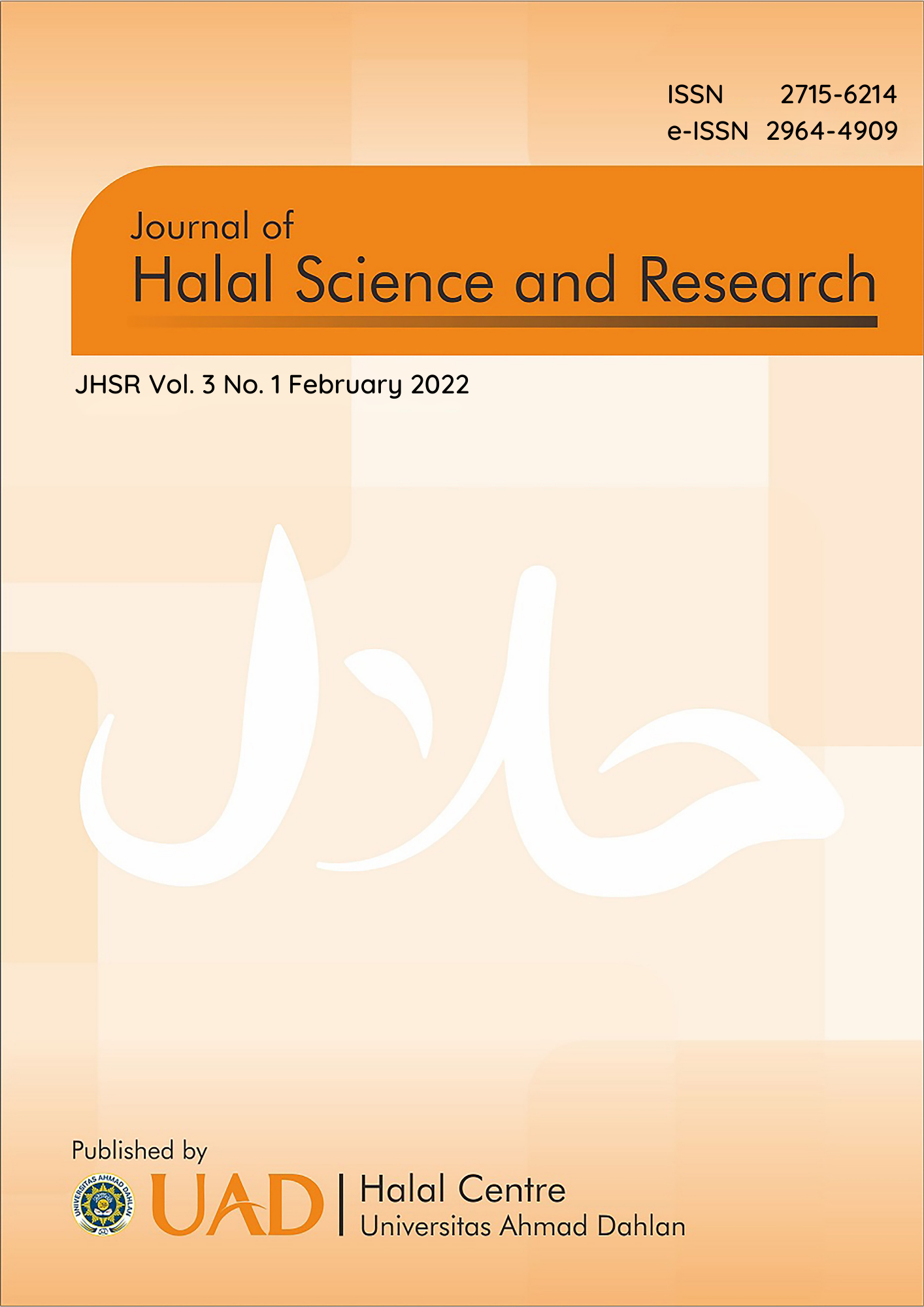Analysis of organoleptic properties and consumer acceptance of frozen noodle products
DOI:
https://doi.org/10.12928/jhsr.v3i1.6828Abstract
Frozen noodles are a type of noodles that undergo a boiling process after the noodle printing stage so that the moisture content reaches 52%. An organoleptic test is a sensory test with testing using human senses as the primary tool in measuring acceptance power. The purpose of writing this journal is to determine organoleptic properties and consumer acceptance of frozen noodle products. The method used was a hedonic test on 20 semi-trained panelists. The parameters tested were color, aroma, suppleness, softness, stickiness, taste, and degree of liking. The parameters that consumers most like are in terms of the color of the noodles, while the parameters that consumers do not like are the stickiness of the noodles.
Downloads
Published
Issue
Section
License
Copyright (c) 2022 Universitas Ahmad Dahlan

This work is licensed under a Creative Commons Attribution-NonCommercial-ShareAlike 4.0 International License.
Authors who publish with JHSR (Journal of Halal Science and Research) agree to the following terms:
1. Authors retain the copyright and grant Universitas Ahmad Dahlan right of first publication with the work simultaneously licensed under a Creative Commons Attribution-NonCommercial-ShareAlike 4.0 License (CC BY-NC-SA 4.0) that allows others to share (copy and redistribute the material in any medium or format) and adapt (remix, transform, and build upon the material) the work for any purpose, even commercially with an acknowledgement of the work's authorship and initial publication in Universitas Ahmad Dahlan.
2. Authors are able to enter into separate, additional contractual arrangements for the non-exclusive distribution of the journal's published version of the work (e.g., post it to an institutional repository or publish it in a book), with an acknowledgement of its initial publication in Universitas Ahmad Dahlan.
3. Authors are permitted and encouraged to post their work online (e.g., in institutional repositories or on their website) prior to and during the submission process, as it can lead to productive exchanges, as well as earlier and greater citation of published work (See The Effect of Open Access).

This work is licensed under a Creative Commons Attribution-NonCommercial-ShareAlike 4.0 International License.




